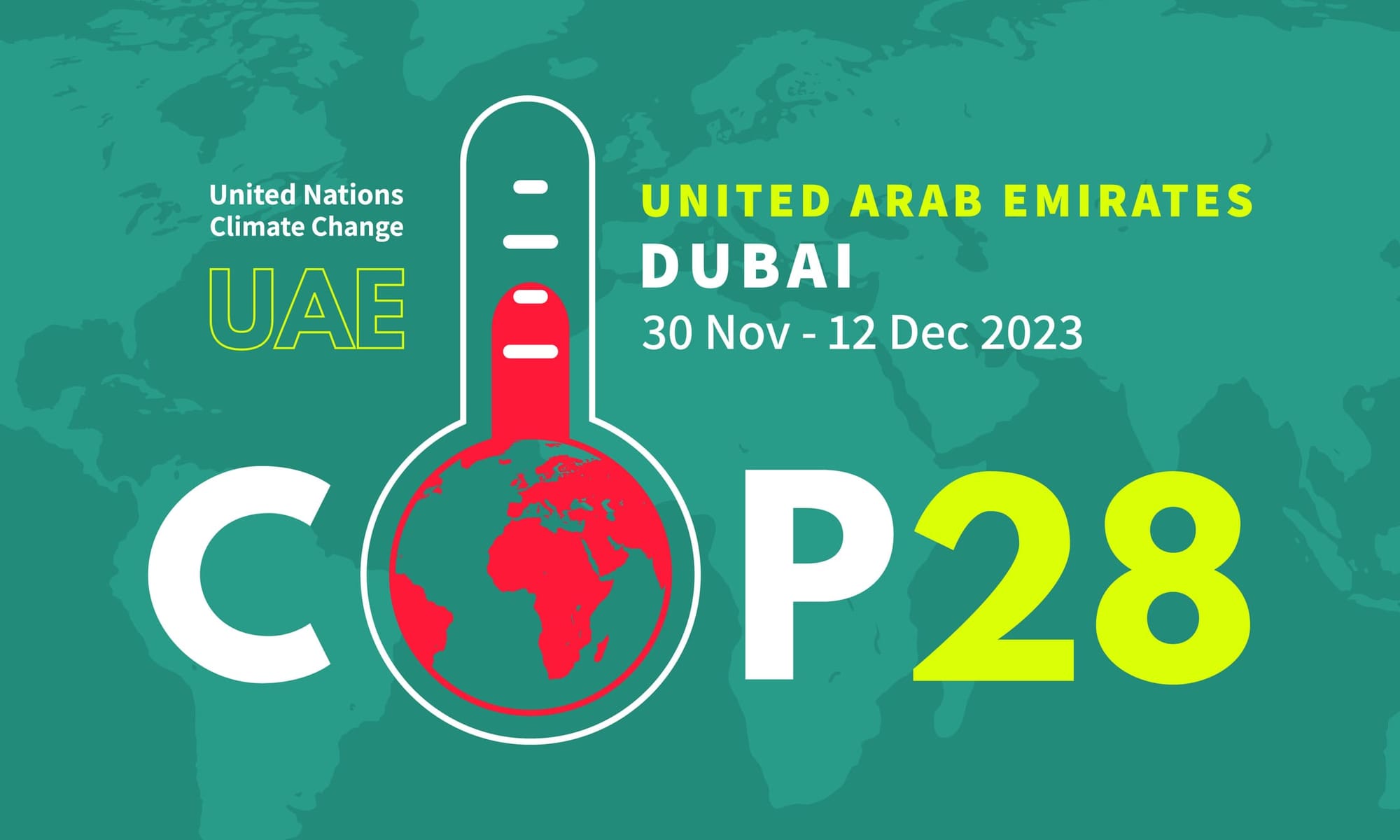
COP, or the Conference of the Parties, represents an annual global gathering dedicated to addressing the dire existential threat posed by the climate crisis.
This intergovernmental event, however, is a source of considerable controversy, primarily due to the perceived lack of substantial progress in combating the climate catastrophe.
Since its inception in 1995, each COP has yielded only incremental reductions in emissions. The grand-scale, systemic transformations necessary to achieve the objectives set forth in the Paris Agreement still appear frustratingly distant.
Nevertheless, it’s essential to acknowledge the formidable challenges in reaching consensus on climate issues among 198 participating countries.
Remarkably, COP has achieved some pivotal milestones, most notably the Paris Agreement.
Therefore, despite its concerningly sluggish pace, COP remains the most potent mechanism for exerting pressure on governments to instigate the profound changes needed to either restrict global warming to 1.5°C or, at the very least, to remain within the 2°C threshold.
Formal definition of COP
Formally, COP assumes the role of the supreme decision-making body within the United Nations Framework Convention on Climate Change (UNFCCC), and its subsidiary agreements.
The UNFCCC, which came into force in March 1994, seeks to forestall perilous human interference with the climate system. It underscores the necessity of achieving this objective within a time frame that allows ecosystems to naturally adapt to climate change, safeguards food production, and promotes sustainable economic development.
The objective is not to halt global warming entirely, which is no longer feasible, but to mitigate and adapt to its negative impacts to prevent greater catastrophe.
Membership and decision-making
Today, the UNFCCC boasts nearly universal membership, with 198 countries that have ratified the convention designated as parties.
During COP gatherings, all parties convene to scrutinise convention implementation and forge decisions imperative to its effective execution, including institutional and administrative arrangements. These decisions are included in COP output documents such as the “Glasgow Climate Pact” and the “Sharm El Sheikh Implementation Plan”.
Decisions are reached by consensus, whichenables individual nations to exert substantial, often disproportionate, influence.
COP27: More action needed to elevate voices at the forefront of climate change
Over the years, significant resistance has emanated from prominent developed nations such as the US, Russia, China and Australia, often underpinned by economic concerns.
In part, this is because the convention primarily assigns the responsibility of leadership in global action to developed nations, which have consented to support climate change initiatives by providing financial aid, knowledge, and technology to less-developed nations.
This is because the world’s most vulnerable nations are on the frontline of the climate crisis, suffering disproportionately, yet contribute the least to carbon emissions.
The precise scope and mechanisms for such support remain subjects of heated debate, with the Global Environment Facility presently overseeing a system of grants and loans.
Notably, COP27 in Sharm El-Sheik established a Loss and Damage Fund to compensate less-developed nations for the harm caused byemissions that have largely come from industrialised nations, although the timeline for its operationalisation remains uncertain, leading many to fear it may come too latefor many vulnerable countries and communities.
Frequency and format
COP meetings convene annually, unless parties decide otherwise. The inaugural COP meeting was held in Berlin in March 1995.
The rotation of the COP presidency mirrors the five recognised UN regions (Africa, Asia, Latin America and the Caribbean, Central and Eastern Europe, and Western Europe and Others).
As a result, there’s a propensity for the venue to alternate among these groups. For instance, Australia has tendered a bid to host COP31 in 2026 in partnership with Pacific Nations.
On the ground at COP, there's a whirlwind of activity,divided between negotiations and the pavilion areas, which are characterised by the simultaneous occurrence of hundreds of sessions. The negotiations predominantly centre on the countries (parties) involved, leaving civil society participants – comprising researchers, non-profit organisations, activists, youth, Indigenous communities, business leaders, and other stakeholders – on the periphery of decision-making proceedings.
COP27: Rich nations fail to cough up for climate change
These stakeholders often find themselves stationed in an expo-style zone adjacent to the formal negotiations, where they showcase their work andattempt to influence proceedings. In more recent times criticisms have emerged of greenwashing.
The level of interaction between policymakers and civil society remains limited, a contentious issue in its own right.
The role and value of this burgeoning civil society circus at COP has become the subject of heated debate. Some argue it inadvertently fosters greenwashing rather than genuine action, suggesting that the focus should be squarely on the negotiations themselves.
Contrarily, others contend it provides a vital platform for civil society to voice its concerns and present new research, and directs the world’s media spotlight towards the most critical issue of our time.
The significance of COP
COP holds immense significance because it serves as the crucible for pivotal global decisions, such as the Paris Agreement.
For example, the inaugural COP in Berlin in 1995 (COP1) marked the commitment of major countries to annual discussions on climate change and emissions reductions.
At COP3 in Kyoto (1997), the Kyoto Protocol emerged, obliging industrialised nations to curtail greenhouse gas emissions and establishing the carbon market.
COP13 in Bali (2007) augmented the Kyoto Protocol with the Bali Road Map, involving all countries.
The official target of limiting temperature rise to below 2°C crystallised at COP15 in Copenhagen (2009).
Most notably, COP21 in Paris in 2015 culminated in the unanimous adoption of the Paris Agreement by all nations, with the objective of capping global temperature increases at 2°C, ideally aiming for 1.5°C (although current progress remains sorely insufficient).
Consequently, the UNFCCC has intensified its focus on urgency. Instrumental in this has been the work of the Intergovernmental Panel on Climate Change (IPCC). The IPCC was established in 1989 as a joint intergovernmental initiative of the WMO and UNEP and their assessment reports and special reports have been key in precipitating significant COP decisions and climate action.
Loss and damage is a cross-cutting issue, specifically determining the compensation that developing nations should receive from industrialised nations for damages incurred due to unsustainable practices.





